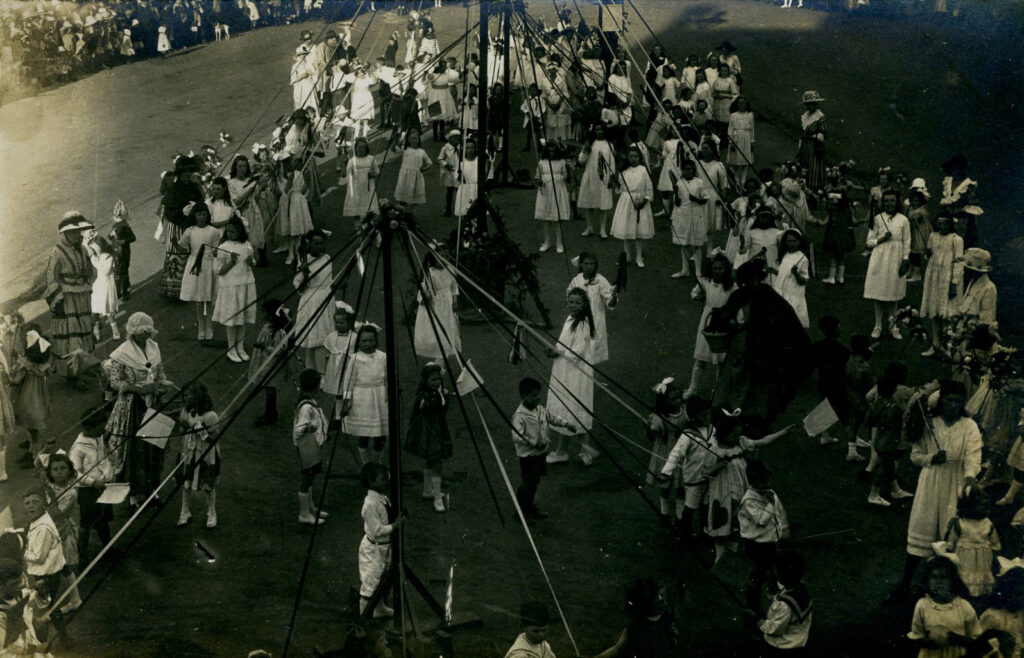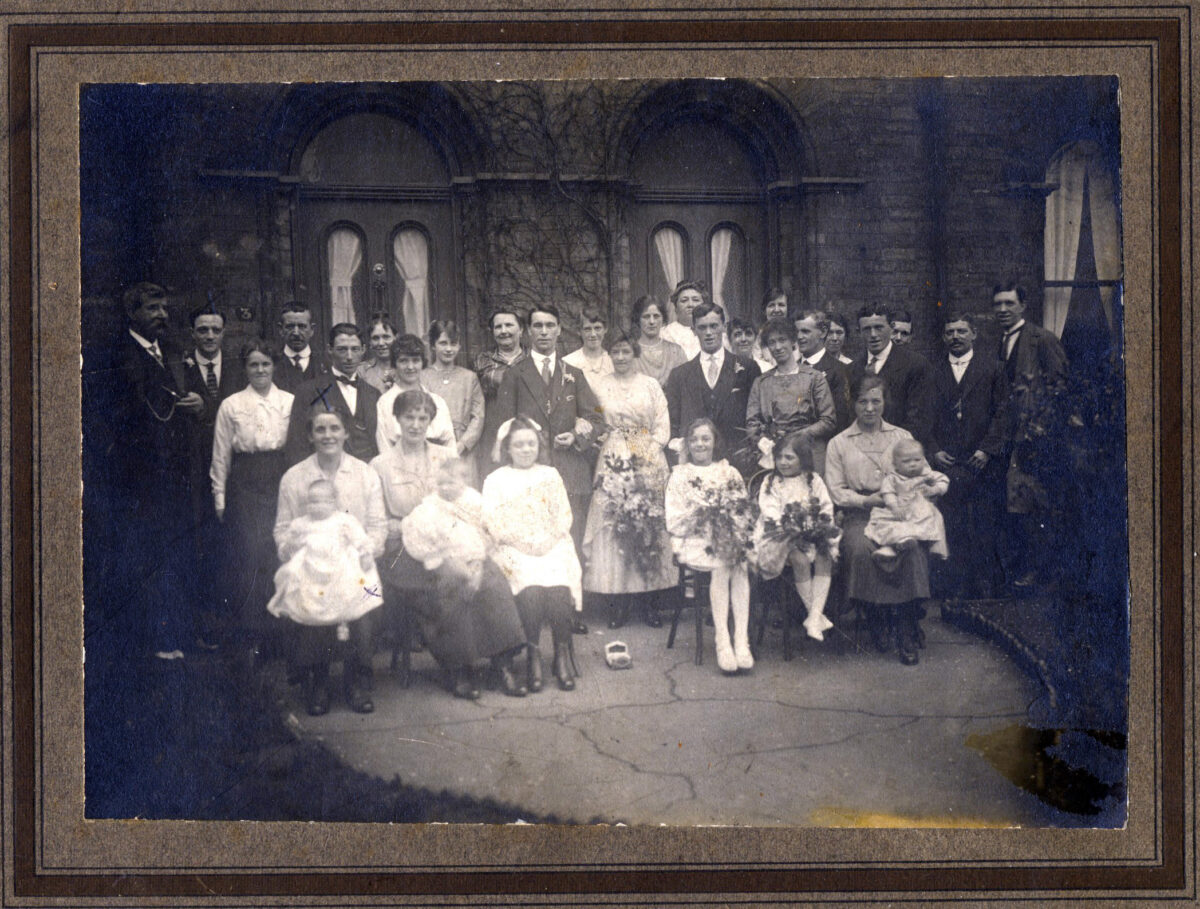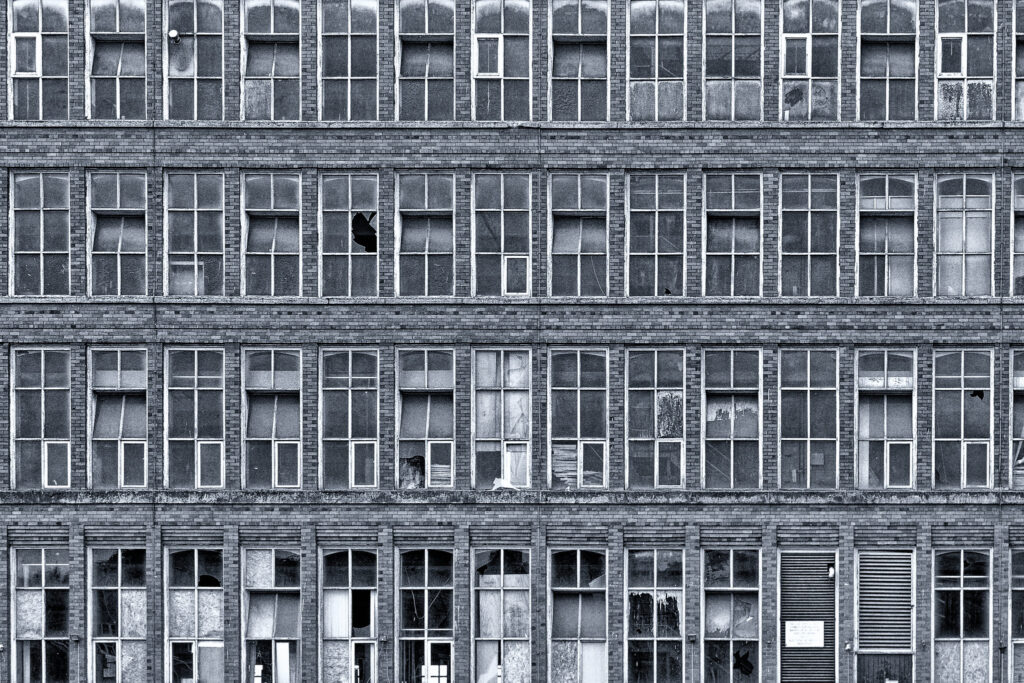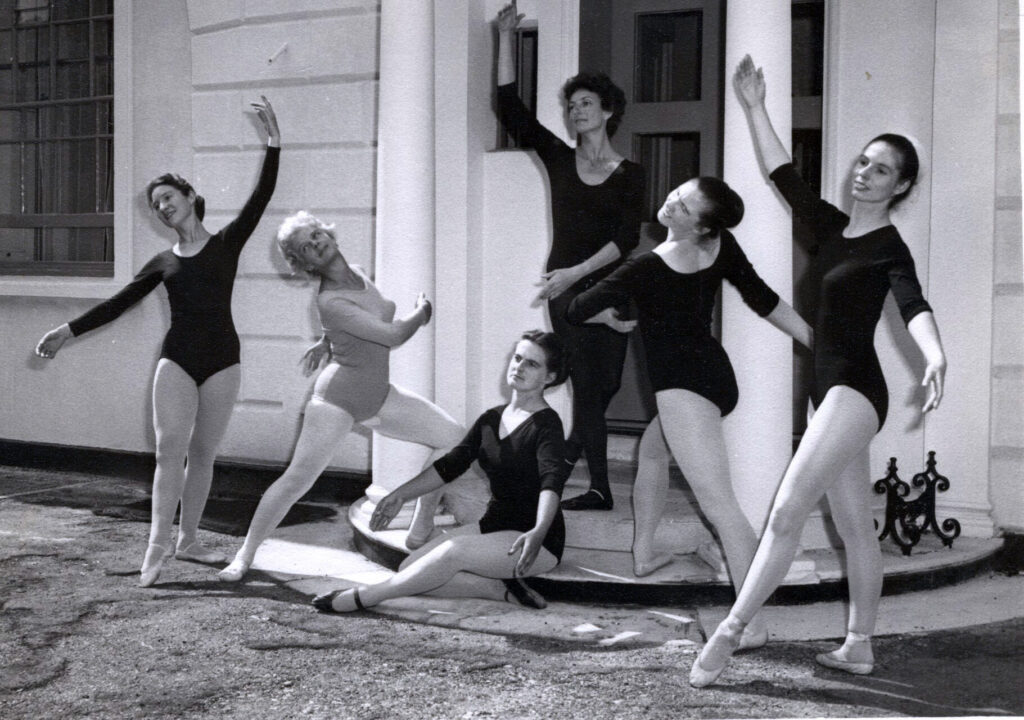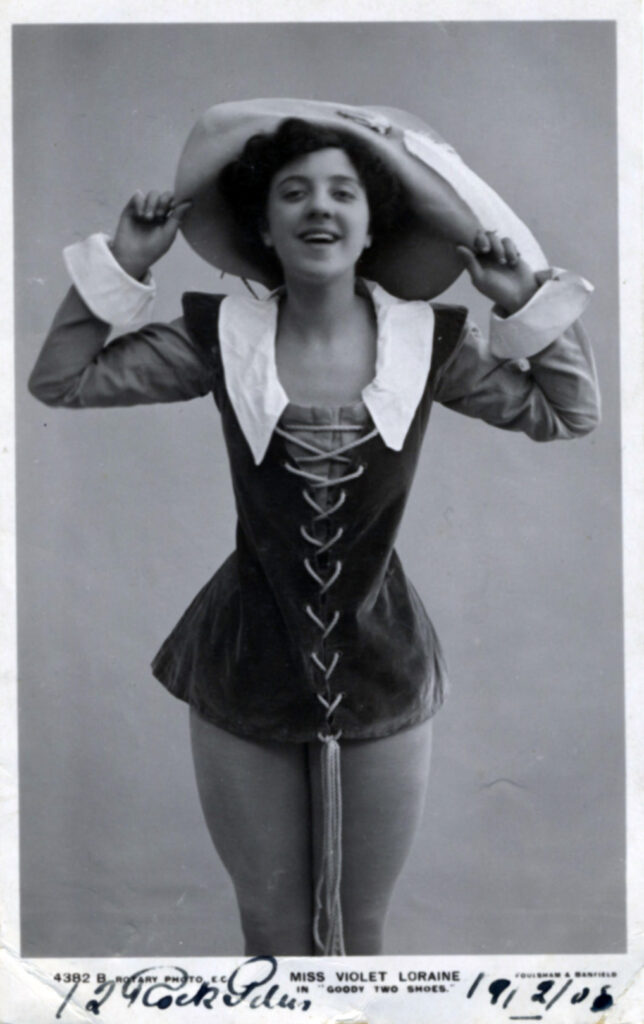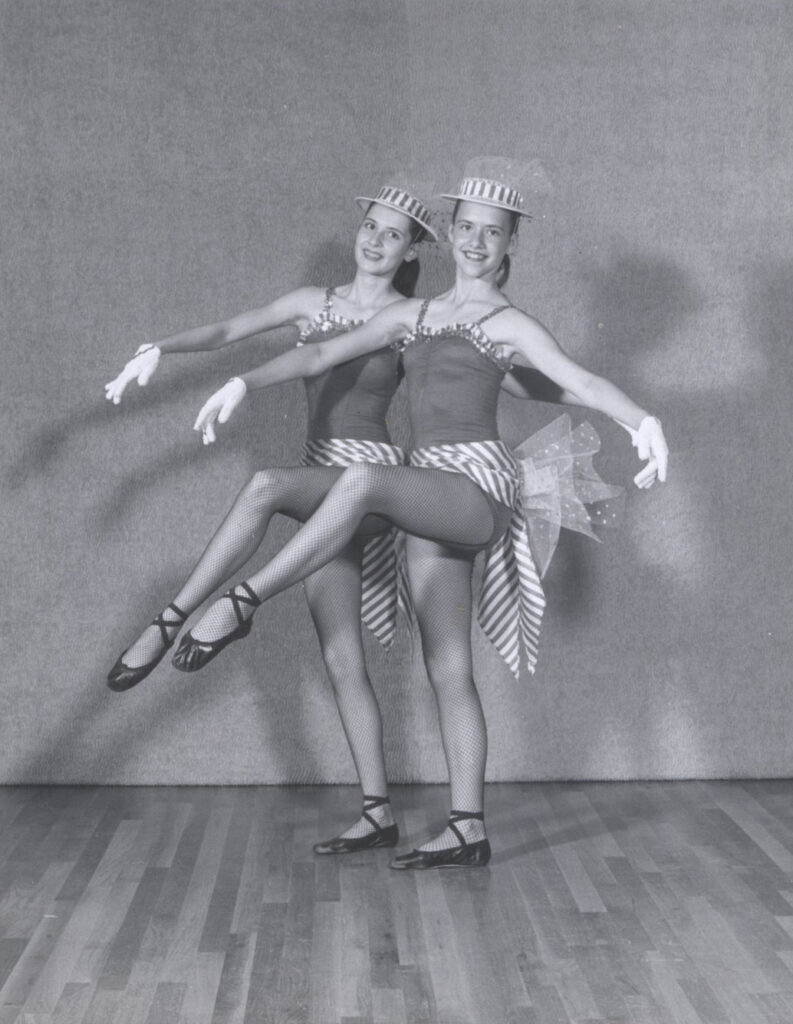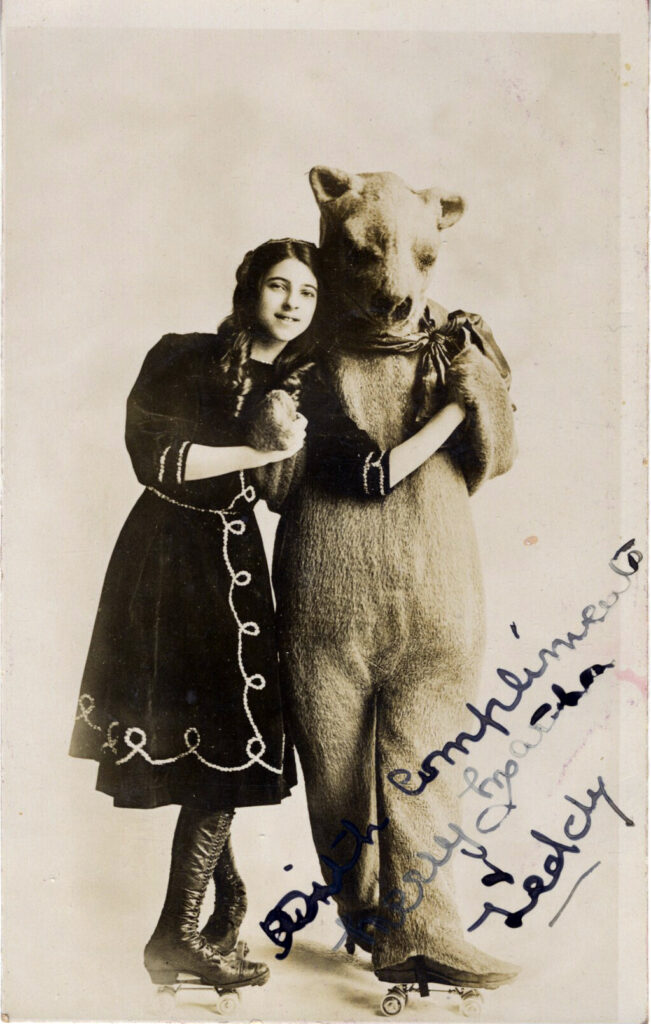
After my previous post I decided it would be an interesting project to try and create photographs based on the various techniques that were used between the 1860s and 1950s. This project will be mainly undertaken using digital means rather than mechanical means mainly due to the excessive amounts of equipment, chemicals etc required. That’s not to say I won’t use original materials were possible. For instance I already have the chemicals necessary to produce Cyanotypes and have done so in the past.
So I’ve started with the wet plate collodion types, originally requiring large format cameras and very fast development times once exposures have taken place. I should also say that the wet plate collodion technique was used to produce a number of different outputs using glass plate negatives including ambrotypes and tintypes
I began with this self-portrait:

I used photoshop and the steps described by James Abbott in his youtube video. It was clear that many subtle variations could be achieved using his approach but I eventually arrived at this result:

I also tried an action produced by Gavin Seim from his signature emulsion collection with this result:

Of course it’s a matter of taste as to which approach works best but my personal preference is the middle one, following James Abbott’s steps, as it yields a warmer effect from the slight toning.
I’ll discuss the dry plate collodion method in a future post but needless to day it involves dry plates instead of wet plates! It also necessitates much longer exposures.

